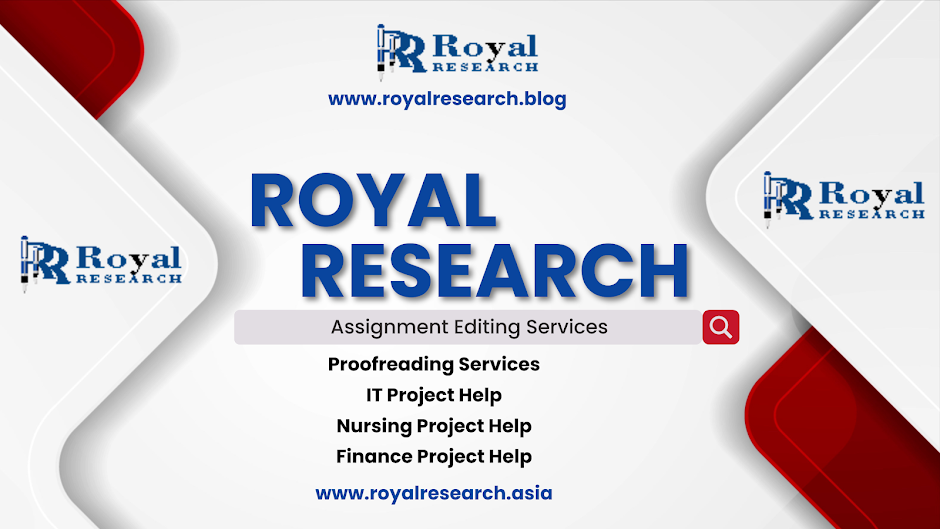The capital structure is the main element in the complex
world of business finance, which is the decisive factor of the financial health
and the strategic direction of the companies in different industries. At Royal
Research, the place where we provide the academic needs of university, college,
and school students with our knowledge in academic content writing, assignment
editing services, and executive writing services, knowing the details of
capital structure is the most important. This blog talks about the capital
structure, its definition, the determinants, the theories and the consequences
for businesses.
Understanding Capital Structure:
Capital structure is the mix of debt and equity financing
that a company employs to finance its activities and investments. It stands for
the ratio of the debt and equity capital that is used to finance the assets and
activities of the business. On the one hand, debt financing is the act of
obtaining funds from creditors and lenders, on the other hand, equity financing
is the process of raising capital by issuing shares of ownership in the company
to the investors.
Determinants of Capital Structure:
Financial Risk Tolerance: Firms with a higher risk tolerance
may opt for the higher debt financing to get the financial leverage and thus
the returns on equity.
Cost of Capital: The equal distribution of the costs of debt
(interest payments) and equity (dividend payments) in order to reduce the total
cost of capital is one of the most crucial issues of capital structure
decisions.
Market Conditions: The market conditions such as interest
rates, investor sentiment, and access to capital markets are the main factors
that determine the availability and the cost of debt and equity financing
options.
Business Risk Profile: The industry of the company, business
stability, cash flow predictability and growth prospects are the main factors
that determine the best capital structure for the company.
Theories of Capital Structure:
Modigliani-Miller Theorem: This famous theorem asserts that,
under some the assumptions (like perfect capital markets, no taxes, and no
bankruptcy costs), the value of a firm is not affected by its capital
structure. In other words, the financing mix does not change the total value of
the company.
Trade-off Theory: This theory says that firms are always
looking for a way to balance the tax benefits of debt financing and the costs
of financial distress and agency conflicts that come with higher levels of
leverage.
Pecking Order Theory: The theory states that companies have
a preferred order of financing sources, which they prefer to be from internal
financing (retained earnings) over debt and debt over equity, based on the
principle of least information asymmetry.
Implications of Capital Structure:
The capital structure decisions of a company are the main
determinants of its financial performance, risk profile, and shareholder value.
Key implications include:
Financial Flexibility: The perfect capital structure allows
the company to fund the investments, handle liquidity, and cope with the
economic recessions in the best way.
Cost of Capital: A well-balanced capital structure reduces
the cost of capital, thereby, improving the profitability and competitiveness
of the company in the market.
Risk Management: The capital structure affects the financial
risk of the company, the higher the level of debt, the more the financial
leverage and the volatility of the earnings are.
Conclusion:
The capital structure of a business is the key
factor that decides its financial stability, risk level and strategic
adaptability. Through the comprehension of the determinants, the theories, and
the implications, companies can make the right choices which are in line with
their objectives and at the same time, maximize the shareholder value. Here at
Royal Research, we understand the significance of capital structure in the
world of business finance and thus offer academic content writing, assignment
editing services, and executive writing services that assist students in
investigating this intricate but interesting topic. Having our knowledge in
science, art, commerce, management, IT, software, statistics, healthcare, and
nursing, we help students to explore the complexities of capital structure and
to do better in their studies.
WATCH MORE






No comments:
Post a Comment